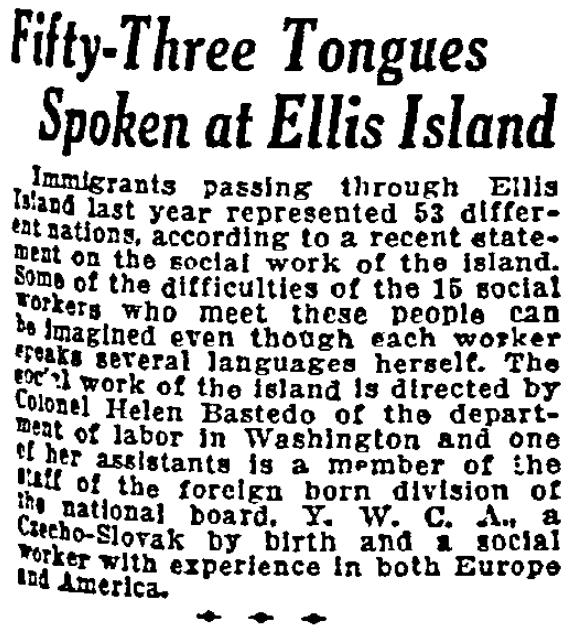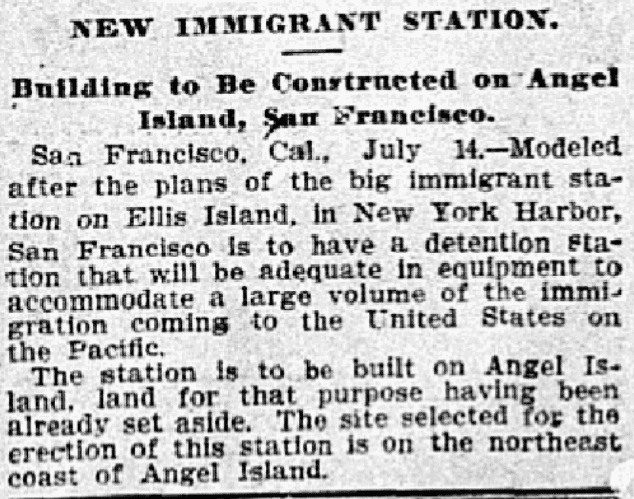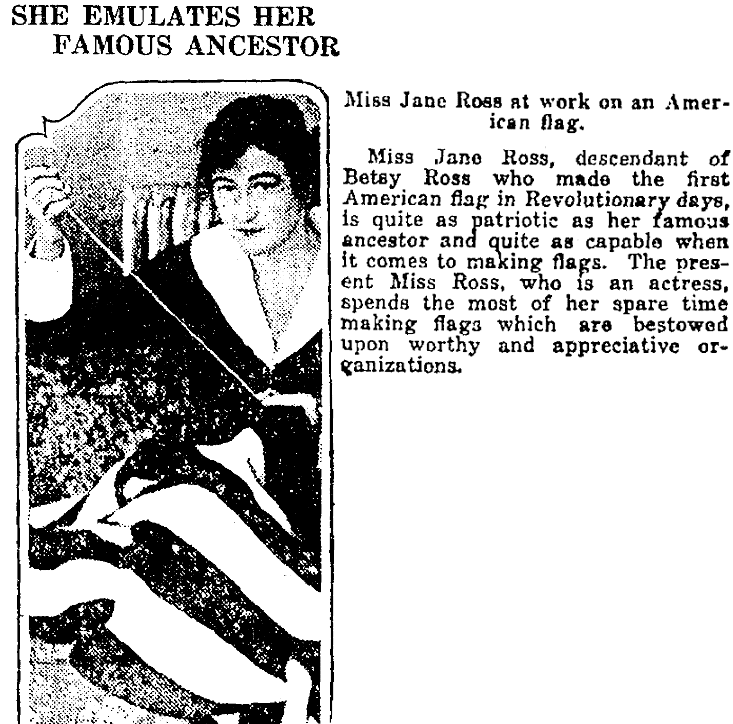Introduction: In this article – part of an ongoing “Introduction to Genealogy” series – Gena Philibert-Ortega talks about genealogy myths – stories that are part of many people’s family histories that aren’t actually true. Gena is a genealogist and author of the book “From the Family Kitchen.”
An important aspect of genealogy is asking family members what they know about your shared family history. You ask questions, and if you are lucky, your family members start telling stories. The problem is that some of these stories may not be entirely factual. It’s not their fault; they are just repeating what they were told.
Interestingly enough, some of these stories are actually common amongst families across the United States. These genealogical “urban legends” are a lot like the children’s game of telephone. The story has been repeated so often that no one knows where they heard it or if it’s true. What are these family urban legends? Here are a few of the more common ones.
Our Surname Was Changed at Ellis Island
This is probably the most common family myth. It’s one that doesn’t seem to want to go away. Sure, it seems to make sense that your immigrant ancestor came to the U.S. only to be met by no one who spoke their language, so they were either given a new name or their name was so badly butchered that the immigrant was then stuck with a shorter “Americanized” name.
However, the fact is your family name was not changed at Ellis Island due to a language barrier. Without going into a long explanation, suffice it to say that’s not how it worked when an immigrant was processed at Ellis Island. Officials used whatever name was provided on the ship manifest. Officials also knew other languages, and so chances are someone was able to speak with your immigrant ancestor.
This 1921 newspaper article reported that “Immigrants passing through Ellis Island last year represented 53 different nations.” This obviously caused some language difficulties, but the article also reported this about the social workers who met those immigrants: “…each worker speaks several languages herself.”

Now, could your ancestor have changed their name after immigrating (or even before)? Yes, of course. An ancestor may have decided to “Americanize” their name to help them assimilate in their new country. They also might have changed their first or last name for a host of other reasons.
Finally, it’s important to remember that spelling wasn’t always adhered to in the past, so people may have added or dropped letters to their own name.
Genealogy Tip: Make sure to use name variations and misspellings as you search the newspapers for articles about your ancestor. Include nicknames and initials as well to your search.
My Ancestors Came through Ellis Island
That’s great! Over 12 million immigrants came through Ellis Island. But it’s important to remember that not every immigrant ancestor entered the U.S. at Ellis Island. The Ellis Island immigration station only existed from 1892-1954. Before that there was Castle Garden and other ports on the East Coast of the United States, as well as other places in the U.S. and Canada where immigrants may have entered the country.

Various immigration records, if they exist for the time period your ancestor immigrated, can assist with discovering where your ancestor entered the United States. See the FamilySearch Research Wiki article United States Emigration and Immigration for more information.
We’ve Traced Our Family Back to Adam and Eve
In genealogy, one of our tasks is to verify the relationship from children to parents as we trace our families back in time. That verification requires us to use records (such as birth, marriage, and death certificates) that list names, dates, and places. When those records don’t exist, we look for other records such as church and court records.
The further back you go in history, the availability of extant records becomes fewer and fewer. Careful study and knowledge of languages such as Latin would be required the further back you go. Add to that the fact that surnames are a rather recent addition to our ancestral lines.
Genealogist James Tanner quotes Robert C. Gunderson, Senior Royalty Research Specialist, Church Genealogical Department, who said of research back to Adam and Eve:
“In thirty-five years of genealogical research, I have yet to see a pedigree back to Adam that can be documented. By assignment, I have reviewed hundreds of pedigrees over the years. I have not found one where each connection on the pedigree can be justified by evidence from contemporary documents. In my opinion it is not even possible to verify historically a connected European pedigree earlier than the time of the Merovingian Kings (c. A.D. 450–A.D. 752).”*
While the Bible does provide genealogies, it is not possible to connect family relationships from the Bible to later generations. Your family may have a family tree or a family history book tracing your family back to the beginning, but chances are they don’t have source citations or proof for the information.
My Great-Great-Great -Great Grandfather Was George Washington
You may have someone in your family tree named George Washington – but it’s not the George Washington, president and father of the United States. Why? He fathered no children, so you cannot be directly descended from him. Now he could be some other relation to you, but he’s not a direct line ancestor.
To prove or disprove your connection to a famous ancestor, start your research with some reading online about that person. Learn some basic facts about them such as whether they had any children. Also, keep in mind that famous people have interested genealogists for generations, and as such they are typically well documented. You most likely will be able to find an online family tree for that famous person, or even published genealogies that can assist you.

It Must Be True, I Found It in a Book…
A precursor to online family trees, family history books can provide important clues. Heavy emphasis on the word “clue.” Why? Because they often don’t include source citations. They do have all kinds of information, but they don’t always have the proper source citations to back up what they say. So yes, identify and search on family history books available through FamilySearch and other online sources, but take what information they provide with a grain of salt. Afterall, accurate information is not a requirement for some people publishing their family history work.
To learn more about using family history books, see Genealogy 101: Family History Books.
What’s Your Family Myth?
Families tell stories. Our research often begins with those stories. Once we hear the story, we must do the research to prove or disprove that story. So, the next time you hear a family story, listen carefully, ask questions, and get to work. Careful research is required that takes a look at the probability of the story and backs it up with genealogically relevant records.
* “What Are the Sources before 1550 A.D.?” Genealogy’s Star (https://genealogysstar.blogspot.com/2014/09/what-are-sources-before-1550-ad.html: accessed 27 April 2020).
